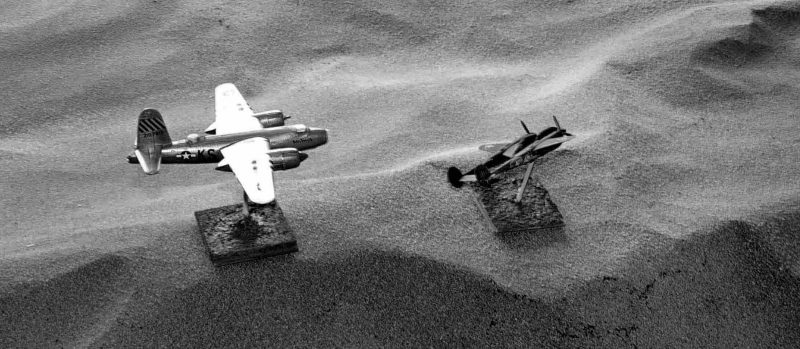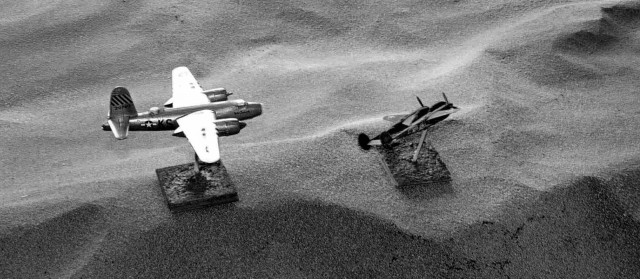In order to obtain key intelligence about the location, activities and movements of the enemy, the Allied Powers relied heavily on aerial reconnaissance. The photographs taken by aerial reconnaissance pilots divulged key intelligence information at the fastest rate for that time. It took a few hours for the films to be developed and be ready for interpretation.
A World War II veteran, Bob Wincowski is a living memory of the dangerous flights that made it possible for the Allies to gather intelligence that fast. His service in the Pacific was critical for the fight against a determined imperial Japan. It was also important in the resultant defeat of Japan.
Wincowski served with the Air Corps’ 38th Photo Reconnaissance Squadron. His work did not just involve flying over the Pacific and taking aerial photographs, it also involved capturing activities on the ground. He had to leave school at the tender age of 17 to join the army.
The images of death and horror stayed with him even after the end of the war and he never pursued photography professionally after the war. His story is that of horror and courage.
Allied reconnaissance missions were divided into two parts. The first part was mapping which involved recording enemy activity and locating the enemy. This was done to make sure that the maps used by the soldiers on the ground were accurate and reliable.
The second part was that of damage assessment. It was used as follow up after a target has been hit and calculations were made to see whether more attacks were necessary. It was also used to see if the enemy was still strong after an attack or weakened and further advances could be made.
The photographs were taken to highly-skilled team of photographic interpreters who studied and examined the films using stereoscopes. That way, they could view the photographs in 3D and created detailed information for intelligence reports and models that the military used in planning for operations like the D-Day landings at Normandy, the Saratogian Local News reports.
It is important to note that while the pilots were all men like Wincowski, most of those involved in the interpretation were women.
The work done by photographic reconnaissance missions and the vast amount of intelligence they gathered assured Allies of victory against the Germans. World War II was partly an aerial photography intelligence war. As General Werner Von Fritsch rightfully proclaimed: ‘The military organization with the best aerial reconnaissance will win the next war.’ Wincowski is the living face of that success.

